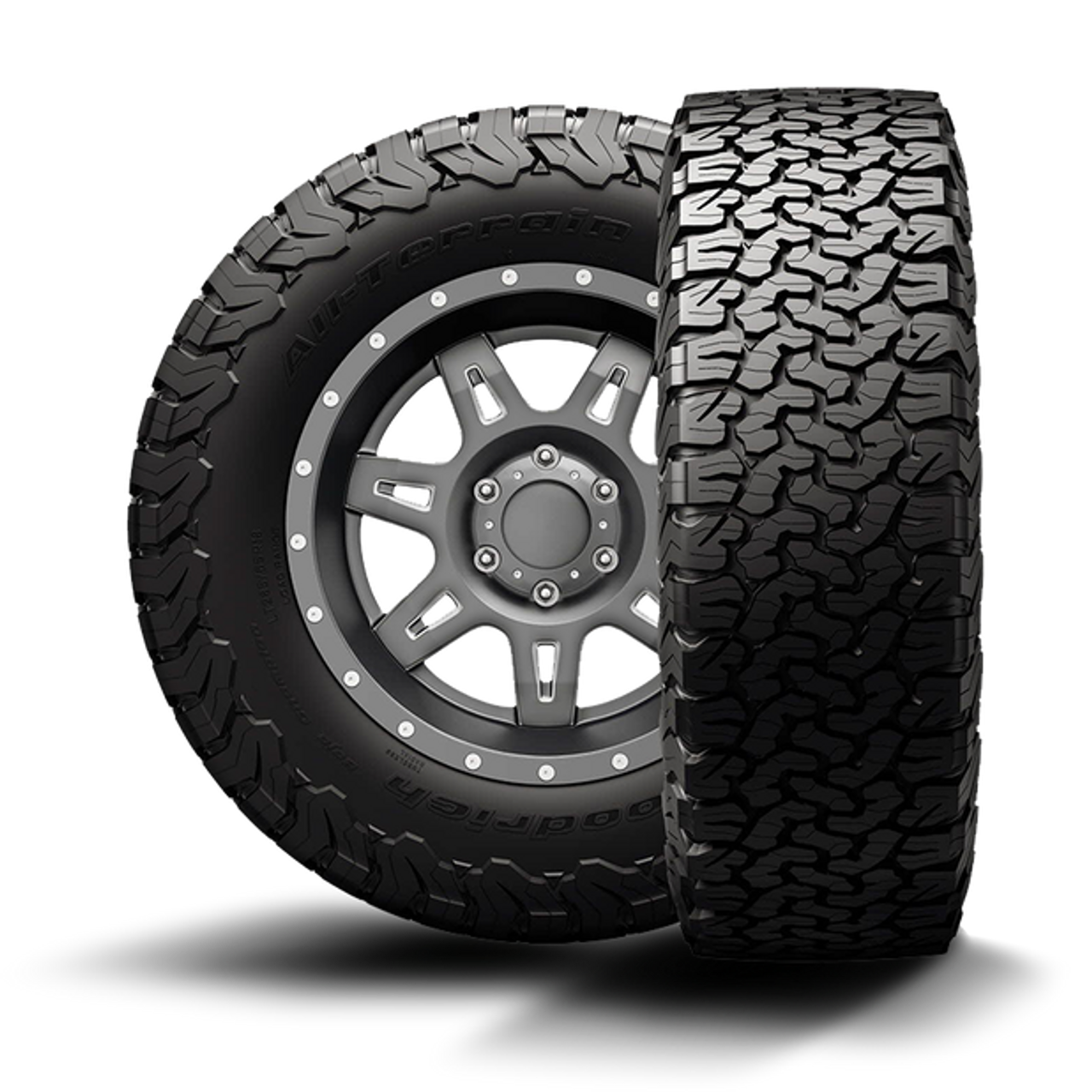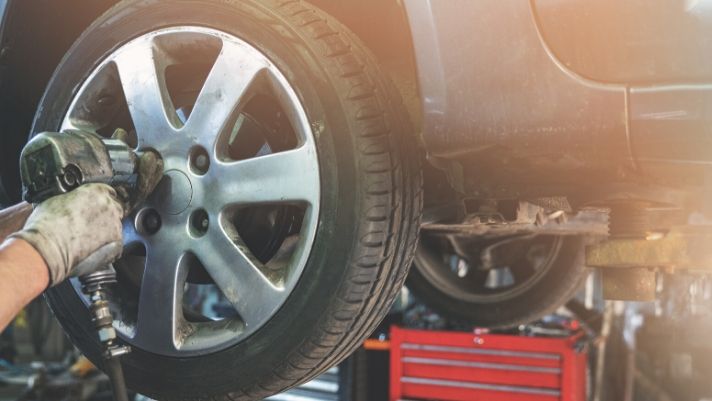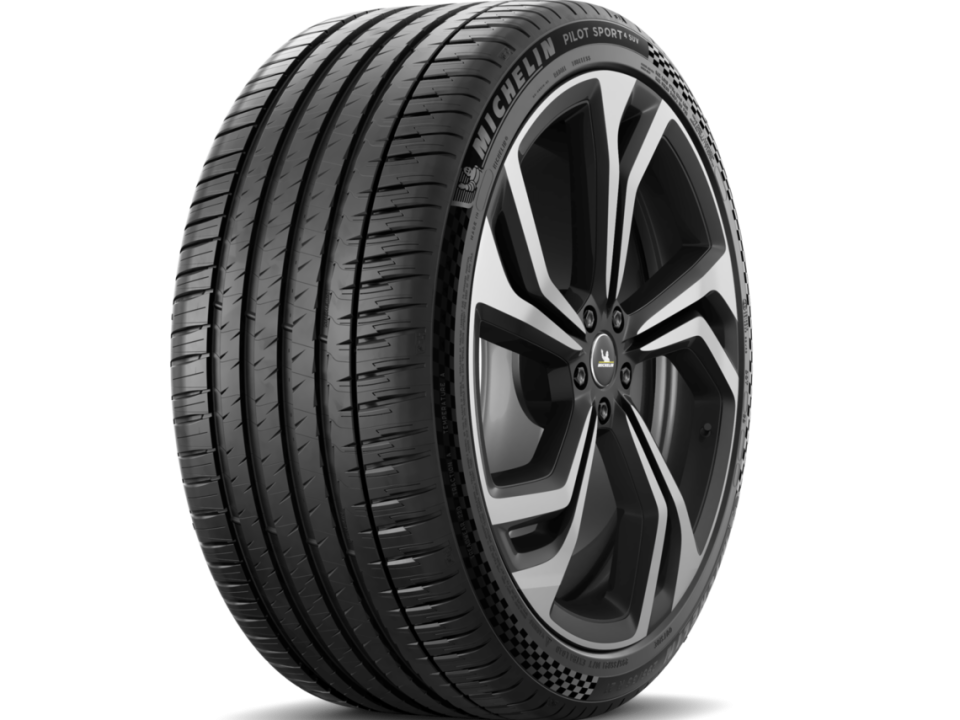
Tire Maintenance Tips: Providing Expert Advice on Inflation, Rotation, Alignment, and Balancing
September 11, 2023
Maximizing Safety and Performance: The Ultimate Guide to Tire Maintenance
December 13, 2023- driving experience
- expert tips
- expert tire advice
- expert tire tips
- maximizing tire life
- optimal performance
- safety and performance
- seasonal tire care
- seasonal tire care advice
- Seasonal tire changes
- seasonal tire changes benefits
- seasonal tire changes tips
- switch tires
- tire care
- tire care advice
- tire care best practices
- tire care essentials
- tire care insights
- tire care techniques
- tire change benefits
- tire change importance
- tire change insights
- tire change recommendations
- tire changes
- tire guide
- Tire longevity
- tire maintenance
- tire maintenance best practices
- tire maintenance insights
- Tire maintenance practices
- tire maintenance techniques
- tire performance advantages
- tire performance benefits
- Tire performance optimization
- tire performance optimization techniques
- tire performance tips
- tire safety
- tire safety expertise
- tire safety insights
- Tire safety measures
- tire safety precautions
- Tire safety standards
- tire safety tips
- tire seasonality
- tire seasonality insights
- tire seasonality knowledge
- tire seasonality tips
- tire transition
- tire transition guide
- tire transition insights
- when to change tires
As the seasons change, so should your tires. Seasonal tire changes are a critical aspect of vehicle maintenance, ensuring that your vehicle remains safe and performs optimally throughout the year. In this comprehensive guide, we’ll delve into the importance of seasonal tire changes, explain when and why you should consider them, and provide expert tips to help you make the most of your tires.
Understanding the Need for Seasonal Tire Changes
Tires are not one-size-fits-all. Different weather conditions and temperatures can have a significant impact on tire performance, making it essential to adapt to seasonal changes. Here’s why seasonal tire changes matter:
1. Safety First:
Different seasons bring various weather challenges. Winter can bring snow and ice, while summer can mean scorching heat. Proper seasonal tires are designed to handle these conditions, providing better traction and control.
2. Improved Performance:
Seasonal tires are engineered to optimize your vehicle’s performance in specific weather conditions. Using the right tires for each season ensures better handling, shorter braking distances, and improved fuel efficiency.
3. Prolonged Tire Life:
Rotating between seasonal tires reduces the wear and tear on each set. This prolongs the life of your tires, ultimately saving you money in the long run.
When to Consider Seasonal Tire Changes
The timing of your seasonal tire changes depends on your local climate and the type of tires you have. Here are some general guidelines:
1. Winter Tires:
Switch to winter tires when temperatures consistently drop below 45°F (7°C) or when winter weather conditions, such as snow and ice, become prevalent.
2. Summer or All-Season Tires:
Switch to summer or all-season tires when winter conditions subside, and temperatures rise above 45°F (7°C).
3. All-Weather Tires:
If you use all-weather tires, you may not need to change your tires seasonally, as they are designed to perform well in various conditions. However, it’s still essential to monitor tire condition and tread depth regularly.
The Seasonal Tire Change Process
Now that you understand the importance of seasonal tire changes, let’s explore the steps involved:
1. Tire Inspection:
Before making any changes, inspect your tires for signs of wear, damage, or punctures. Ensure that the tread depth meets safety standards.
2. Tire Removal:
If you have winter tires, remove the summer or all-season tires from your vehicle. Conversely, if you have summer tires, remove the winter tires.
3. Tire Installation:
Mount the appropriate seasonal tires on your vehicle, ensuring that they are correctly balanced and aligned.
4. Storage:
Store the off-season tires in a cool, dry, and clean location, away from direct sunlight and extreme temperatures. Many tire shops offer tire storage services if you don’t have space at home.
5. Regular Maintenance:
Throughout the season, perform routine tire maintenance, including checking tire pressure, tread depth, and overall condition. Adjust tire pressure as needed to meet the manufacturer’s recommendations.
Expert Tips for Seasonal Tire Changes
To ensure a smooth transition between seasons, consider these expert tips:
1. Invest in a Second Set of Rims:
Having a separate set of rims for your seasonal tires makes the changeover process quicker and easier.
2. Rotate and Balance:
When you switch your tires, take the opportunity to rotate and balance them for even wear and improved performance.
3. Check Alignment:
If you notice uneven tire wear or your vehicle pulling to one side, it may indicate the need for a wheel alignment.
4. Use Tire Covers:
Consider using tire covers when storing your off-season tires to protect them from UV rays and environmental damage.
Conclusion
Seasonal tire changes are not just a matter of convenience but a crucial aspect of vehicle safety and performance. By adapting your tires to the specific weather conditions of each season, you can enhance your vehicle’s handling, reduce the risk of accidents, and extend the life of your tires.
Remember that tire maintenance, including proper seasonal changes, should be part of your regular vehicle care routine. Don’t overlook the importance of investing in high-quality tires and ensuring they are correctly installed and maintained. Safe and efficient driving starts with your tires, so make the most of each season by equipping your vehicle with the right set.


